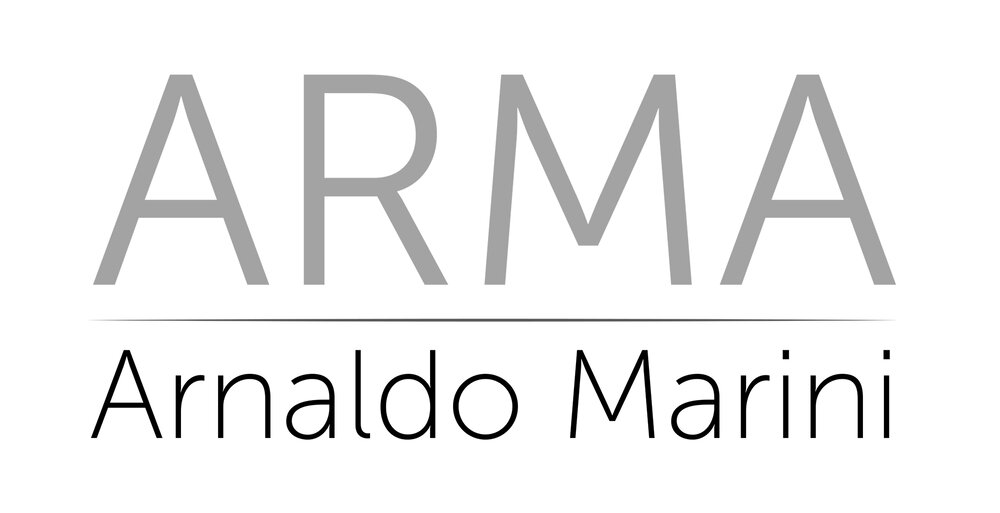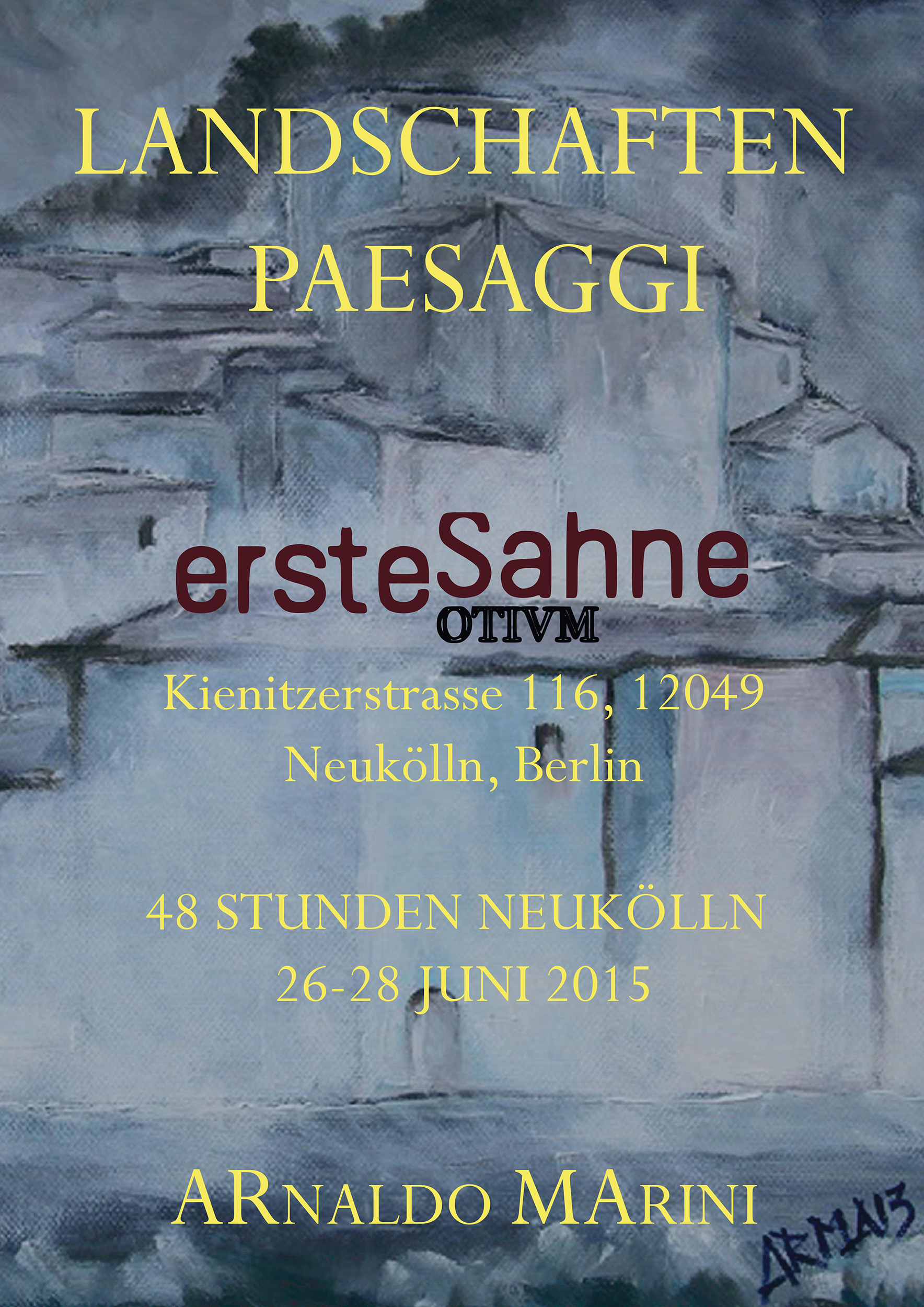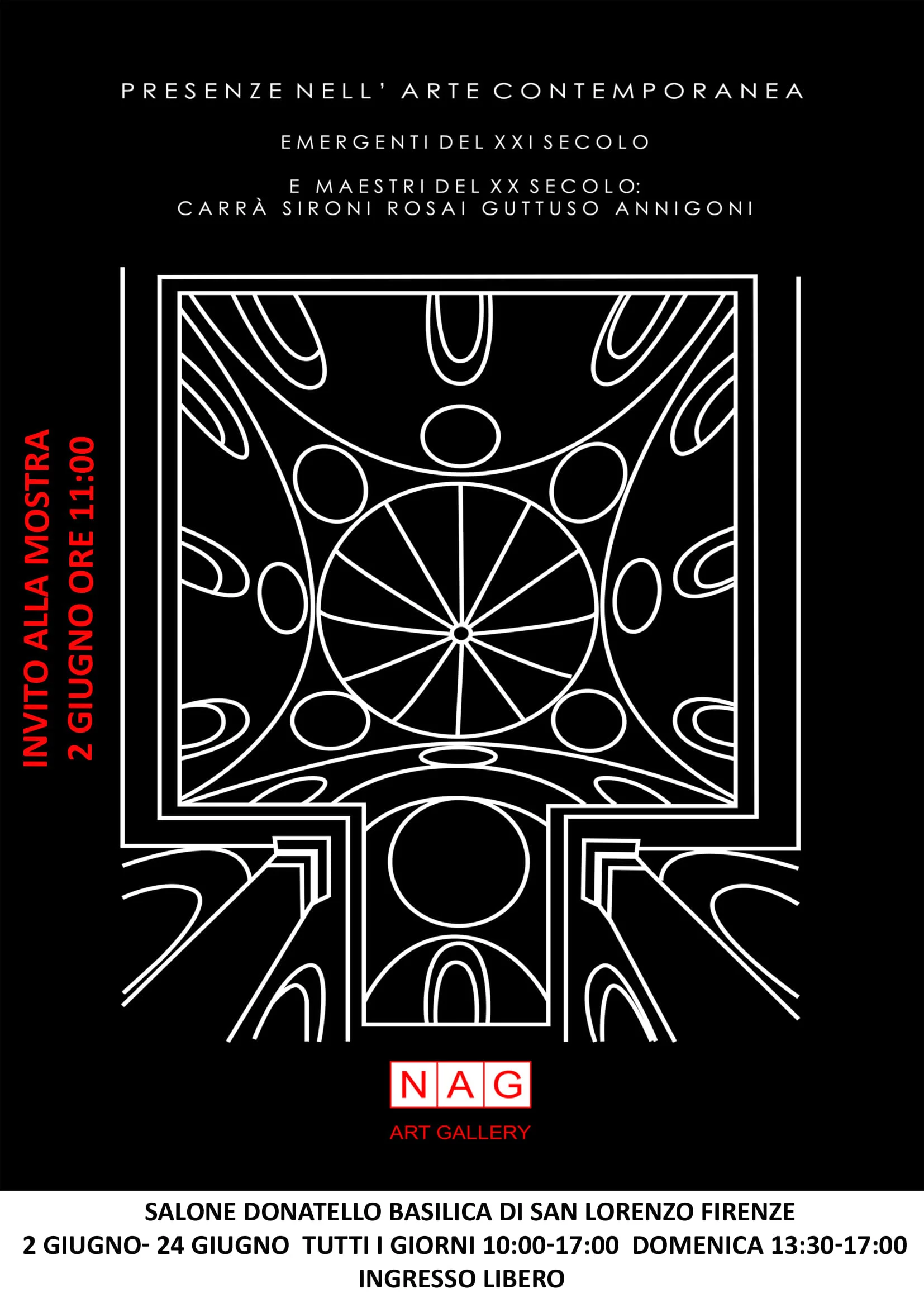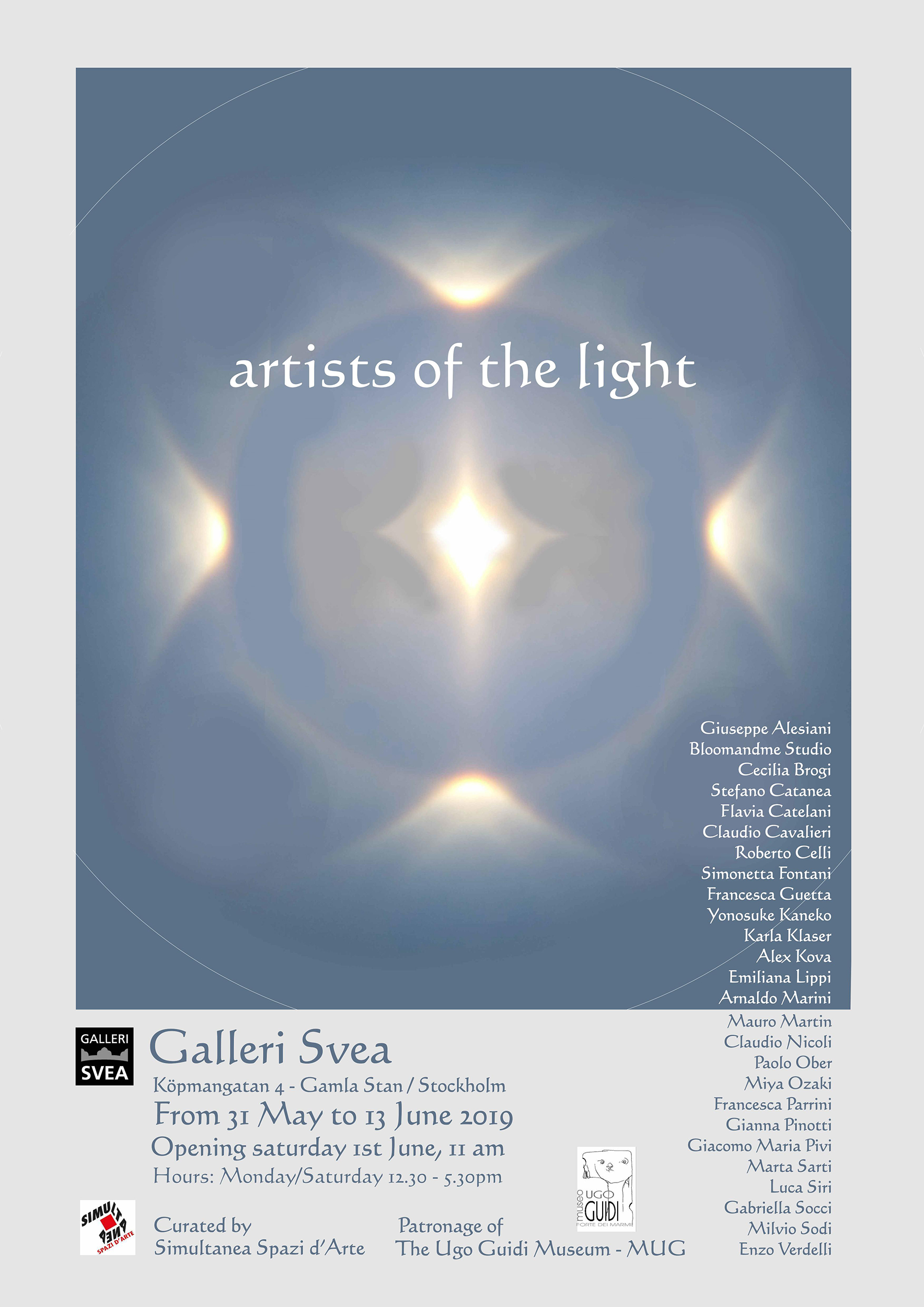ABOUT
THE VILLAGE OF MEMORY
The theme of the ruins, present in painting since the seventeenth century, invites us to reflect on the inexorable passage of time and on the persistence of values handed down from the past. [...] In this sense we see them represented in the work of Arnaldo Marini, whose reflection on the sense of time is set in small rural realities or villages perched on the mountains. [...] [...] These places become in the artist's interpretation, an emblematic image of memory and the traces that survived the fragility of the human story.
"By setting his story in the" family "dimension of the village rather than in the chaotic and alienating scenario of the big city, Marini makes a very significant choice on a symbolic level" because "while the city reflects the contradictions of an era that has lost its own historical conscience to live in an eternal present, the village continues to be, instead, a vivid and authentic testimony of the past "
The artist captures and re-elaborates these signs with a language centered on the evocative power of light, [...] a substance that is now dense, now dust-like, that envelops the houses and nature around them, lightening colors, attenuating the profiles, immersing everything in an impenetrable silence. The brushstroke is full-bodied, rich, humoral; the chromaticism ranges from the soft and luminous hues of a clear palette to the vivid shades of nocturnal settings. The volumetric masses occupy the space with regular geometric shapes that are repeated in a continuous play of chiaroscuro
...] "It is a way to place the scene in a space - time suspension, as if that represented was a vision dreamed of or surfaced by memory. Moreover, there is an analogy between the dream activity and the "imaginative" capacity of memory, since to both belongs the power to revive, even if abstractly, what was irretrievably lost or only forgotten.
...] the Marinian villages perfectly embody the poetry of the ruins, whose purpose is to remind us not only of what we have been but also what we could be, recovering the lesson of the past "
A warning that resound even in paintings where the suggestions of the ruined village give way to a chilling pile of rubble. This is the case of the Opera dedicated to Aleppo, the city destroyed by the recent war in Syria.
[...] The horror of the destruction and struggle of man against man wanders among the miserable remains of this hopeless landscape. Our time - Marini seems to say - is no longer able to produce ruins, and therefore monuments to memory, but only ruins, disquieting symbols of a present without history and without a future.
Daniela Pronestì: <Ritratti d’artista – Arnaldo Marini> in “La Toscana Nuova” n.10, 2018 november
The Florentine Arnaldo Marini certainly represents more than the others the continuum of the art of the great Masters. His paintings can be very well compared with the Tuscan villages represented by Rosai or the roofs of the Mediterranean houses of Guttuso, both for his pictorial investigation and for the expressive language that proposes. "
Vincenzo Nobile; <I maestri del XX secolo a San Lorenzo>, 2018 july 22nd
<Arnaldo Marini, a Florentine from 1952, presents in his paintings the theme of the village that can be interpreted in two ways: as a village of memory, a concept evoked by the titles of some of his works, or as an alienating global village, given the total absence, in his paintings, of human elements. In the style of this artist we can glimpse the influence of Rosai who, for the Florentines of the generation of Arnaldo Marini, represented a true artistic myth. This influence appears mitigated, however, by some stylistic references to Siro Midollini and Silvio Loffredo of the baptisteries.>
Luca Monti: “Presenze nell’arte contemporanea” – exhibition’s catalogue Florence 2018
Arnaldo Marini, born in Florence in 1952, represents the motif of the villages of memory, structured according to essential architectural lines that through color and wise use of light are charged with silences and memories.
Silvia L. Matini: from ”Un inedito dialogo” – Presenze nell’arte contemporanea: exhibition catalogue Florence 2018
Capturing a form, or even a reflection, or a vision, or an idea, preserving its essence and bring it back to the canvas, freed from the useless, and yet still recognizable and alive, though reduced to pure color.
Knowing how to give everything that elusive touch that distinguishes it and makes it worthy of perpetual memory is a privilege of a few happy individuals, endowed with a talent that is often difficult to perceive.
Arnaldo Marini is one of these few happy people. It is not necessary to explain what it produces. it explains itself. It's there. Just take it.
Mario Napoli 2012
PUBBLICATIONS
Exhibitions catalogs
"Artisti dal Mondo a Firenze" Tuscany Expo2015, Firenze 2015
Ecorinascimento; “Il Natale nell’arte contemporanea”, Chianciano 2015
Premio Ligures 2016 – Sarzana 2016
“Nell’Anno Santo del Giubileo; attraverso l’Arte rendiamo il mondo meno freddo e più giusto”, Roma 2016
XXXIV edizione del "Premio Firenze", Palazzo Vecchio, Firenze 2016
"Fra tradizione e Innovazione; movimenti artistici a confronto”, Napoli 2016
"Linee artistiche a confronto", Torino 2017
“Premio Ligures Città di Lerici”, Lerici – 2017
"MMXVII Il Cammino dell'uomo tra arte e fede, da Ugo Guidi a Igor Mitoraj”, Firenze 2017
“Premio nazionale Castiglioncello 2017”, Castiglioncello 2017
XXXV edizione del "Premio Firenze" Palazzo Vecchio, Firenze 2017
“Premio Internazionale d’arte Città di Lerici”, Lerici 2018
Presenze nell'arte contemporanea: emergenti del XXI secolo e maestri del XX secolo - Carrà, Sironi, Rosai, Guttuso, Annigoni", Catalogo I, II volume, Firenze 2018
“Premio Internazionale Michelangelo Buonarroti”, Forte dei Marmi 2018
XXXVI edizione de "Premio Firenze" Palazzo Vecchio, Firenze 2018
“Palazzo Bastogi", Firenze 2019
" Premio Internazionale d’arte Città di Lerici ", Lerici 2019
Biancoscuro Art Contest – Winter edition 2019 pag. 98-99
Biancoscuro Art Contest -2020 pag 115
Biancoscuro Art Contest – Winter edition 2020 pag 168-170
“Al mattin del ver si sogna” opere della collezione Carlo Palli - by Laura Monaldi - 2021
Biancoscuro Art Contest – real & virtual gallery 2021pag 130-131
“Presi per incantamento” opere della collezione Carlo Palli - by Laura Monaldi - 2022
International Art Exhibition Arbon Castle - 2022
“Premio Internazionale Michelangelo Buonarroti”, by Paola Benedetti - Seravezza 2022
XXXIX edixione de “Premio Firenze” palazzo Vecchio, Florence 2022
XL edizione del “Premio Firenze” Palazzo Vecchio, Florence 2023
New Art Garden - Group exhibit in Pietrasanta, Italy 2024
XLI edizione del “Premio Firenze” Palazzo Vecchio, Florence 2024
Art magazines
Fabrizio Borghini “Artisti a Scandicci 2016” collana Artisti in Toscana n. 24 – Firenze 2016
Fabrizio Borghini “Artisti a Pisa” collana Artisti in Toscana n.26 – Pisa 2017
Fabrizio Borghini, Lucia Raveggi “Artisti a Castiglioncello”collana Artisti in Toscana n.30 Castiglioncello 2018
Fabrizio Borghini, Lucia Raveggi “Artisti a Firenze 2019” collana Artisti in Toscana n.31 – Firenze 2019
Daniela Pronestì “Ritratti d’artista - Arnaldo Marini: Il villaggio della memoria: una riflessione sul senso del tempo e della storia nell’opera dell’artista toscano”, in La Toscana Nuova – novembre 2018
Gianni Biagi “La genesi del Mondo” in Cultura Commestibile - luglio 2021
Daniela Pronestì “Arnaldo Marini - Il volto dis-umano della città” in La Toscana Nuova - giugno 2024
Appunti d’Arte - “Arnaldo Marini - Luce oltre il confine” in La Toscana Nuova - gennaio 2025










